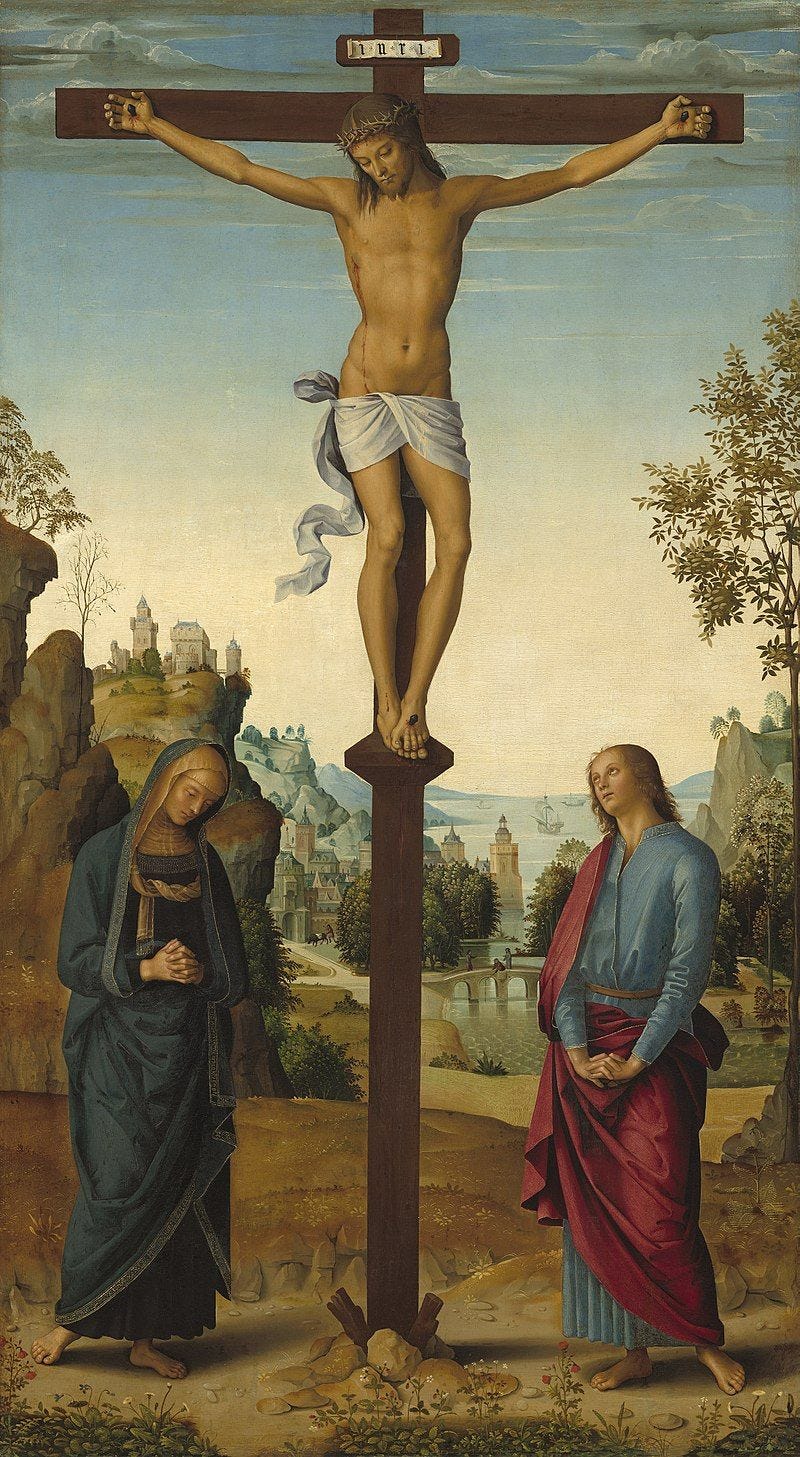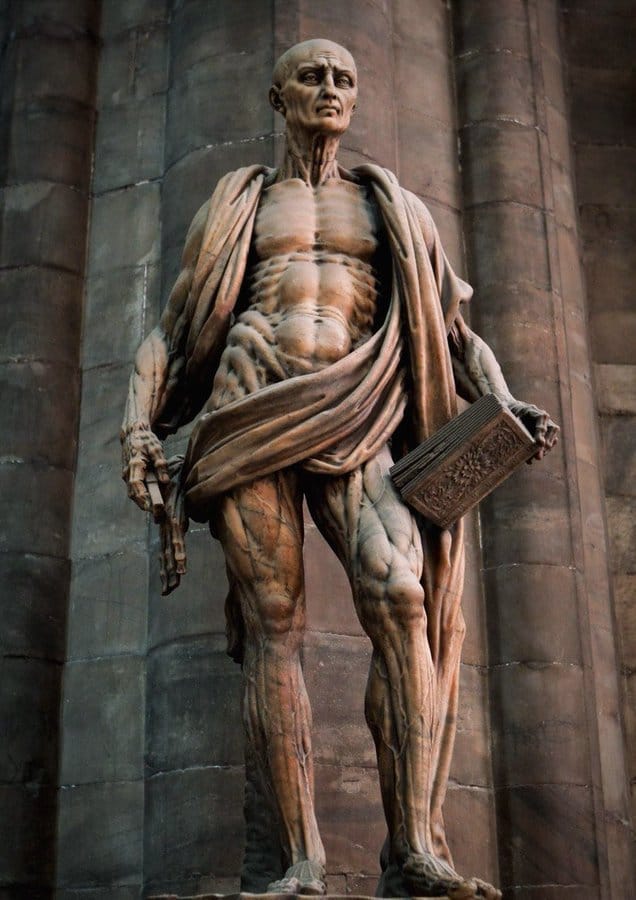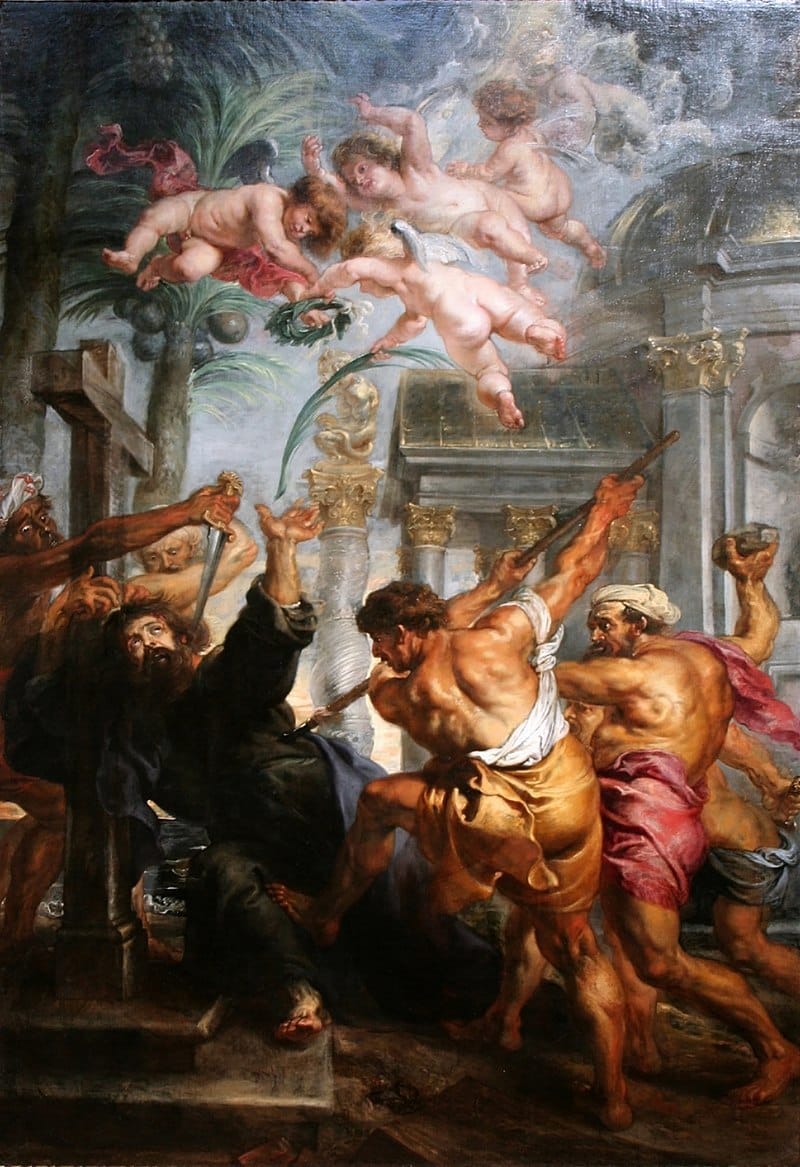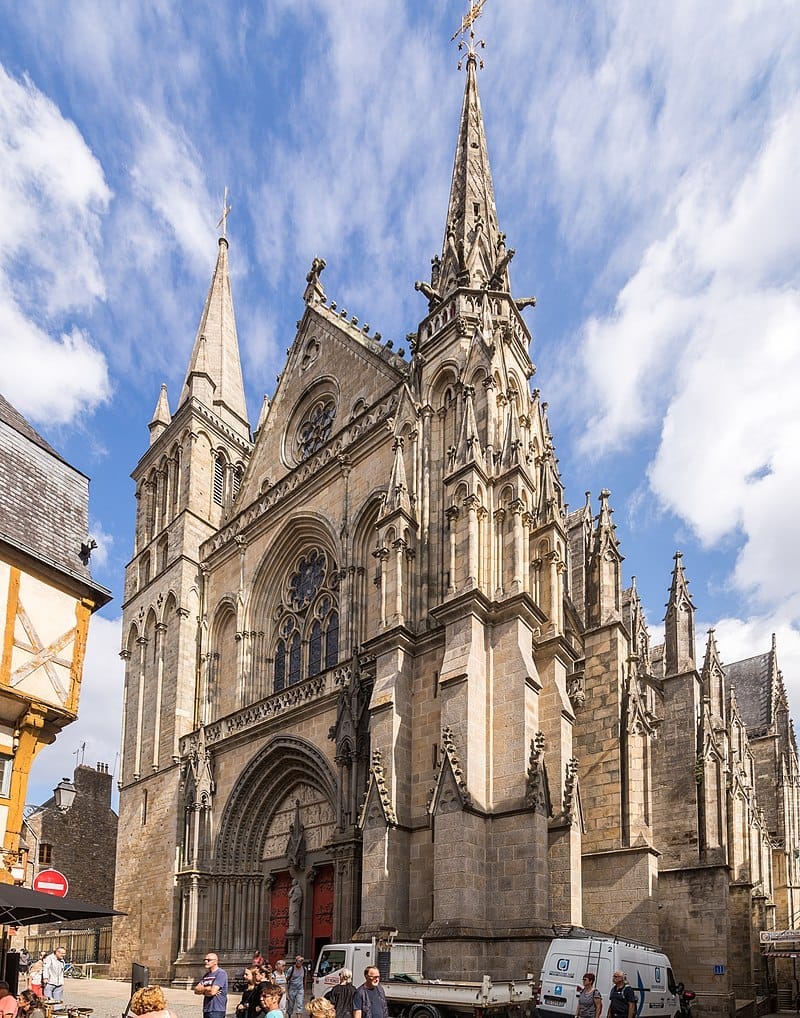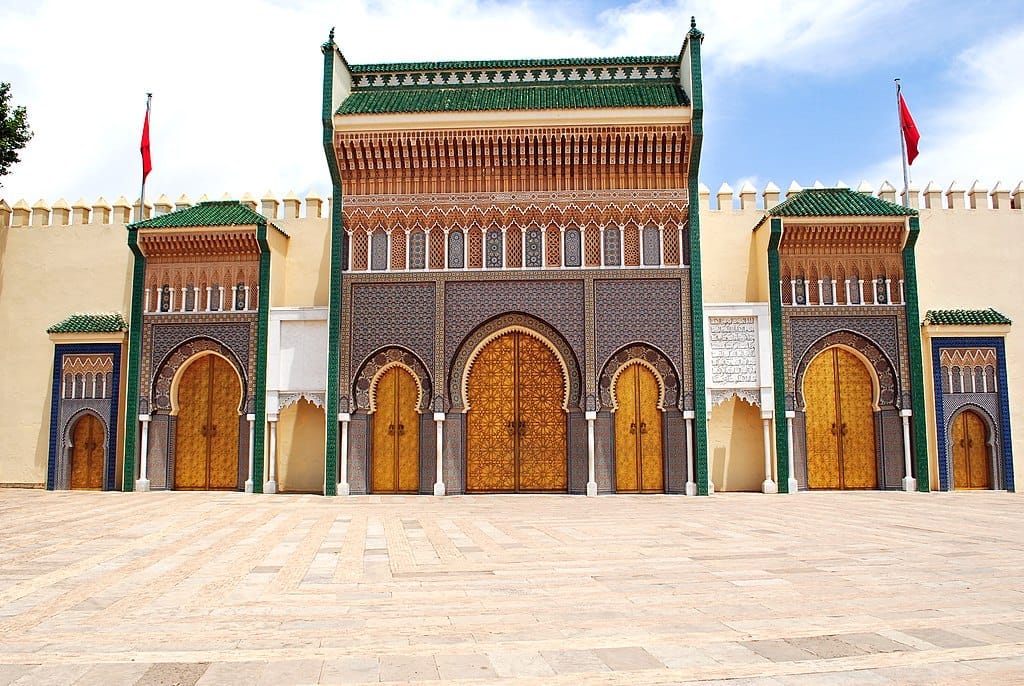The Apostles: From Discipleship to Legacy
Twelve ordinary men. No armies. No wealth. And they changed the course of history.
The Apostles: From Discipleship to Legacy
The story of the 12 apostles of Jesus is one of devotion, faith, and transformation. After the crucifixion of Christ, their lives were forever changed. These men, once ordinary fishermen, tax collectors, and zealots, became the foundation of Christianity, spreading the message of Jesus to the world. Each had a unique journey, marked by trials, triumphs, and often martyrdom.

Peter, originally named Simon, was the leader among the apostles. After denying Jesus three times during the crucifixion, Peter’s remorse drove him to become a bold preacher of the gospel. He established the church in Rome and became its first bishop. Tradition holds that he was crucified upside-down, feeling unworthy to die as Jesus did.
Andrew, Peter’s brother, introduced him to Jesus. Known for his missionary zeal, Andrew traveled extensively, spreading Christianity in what is now Greece and Asia Minor. He was martyred in Patras, Greece, on an X-shaped cross, which came to be known as Saint Andrew’s Cross.
James, the son of Zebedee, was among Jesus’ closest disciples. He preached in Judea and later traveled to Spain. He became the first apostle to be martyred, beheaded by Herod Agrippa in Jerusalem. His remains are venerated in Santiago de Compostela, Spain, a major pilgrimage site.

John, the brother of James, was the only apostle who stood by Jesus at the crucifixion. Known as the apostle of love, he authored the Gospel of John and Revelation. Unlike his companions, John lived to old age and died peacefully in Ephesus after caring for Mary, the mother of Jesus.
Philip introduced Nathanael (Bartholomew) to Jesus. After the resurrection, he traveled to Asia Minor, preaching boldly. He is believed to have been crucified in Hierapolis for converting the wife of a proconsul, who later ordered his execution.
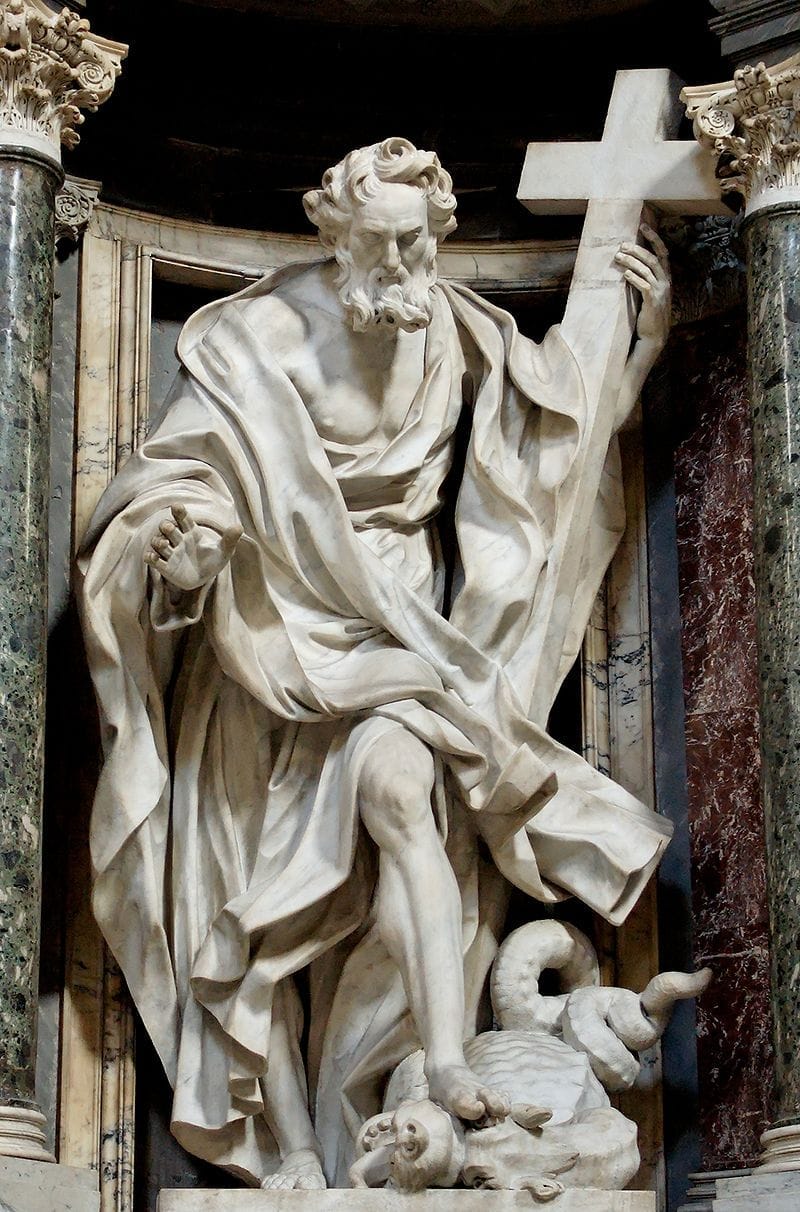
Bartholomew, also known as Nathanael, took the gospel to Armenia, India, and possibly Ethiopia. Known for his unwavering faith, he was skinned alive and beheaded for refusing to renounce Christ. His courage inspired early Christians.
Matthew, once a despised tax collector, became the author of the first Gospel. He preached primarily to the Jewish people, emphasizing the fulfillment of Old Testament prophecies. According to tradition, he was martyred in Ethiopia, though the exact details remain uncertain.
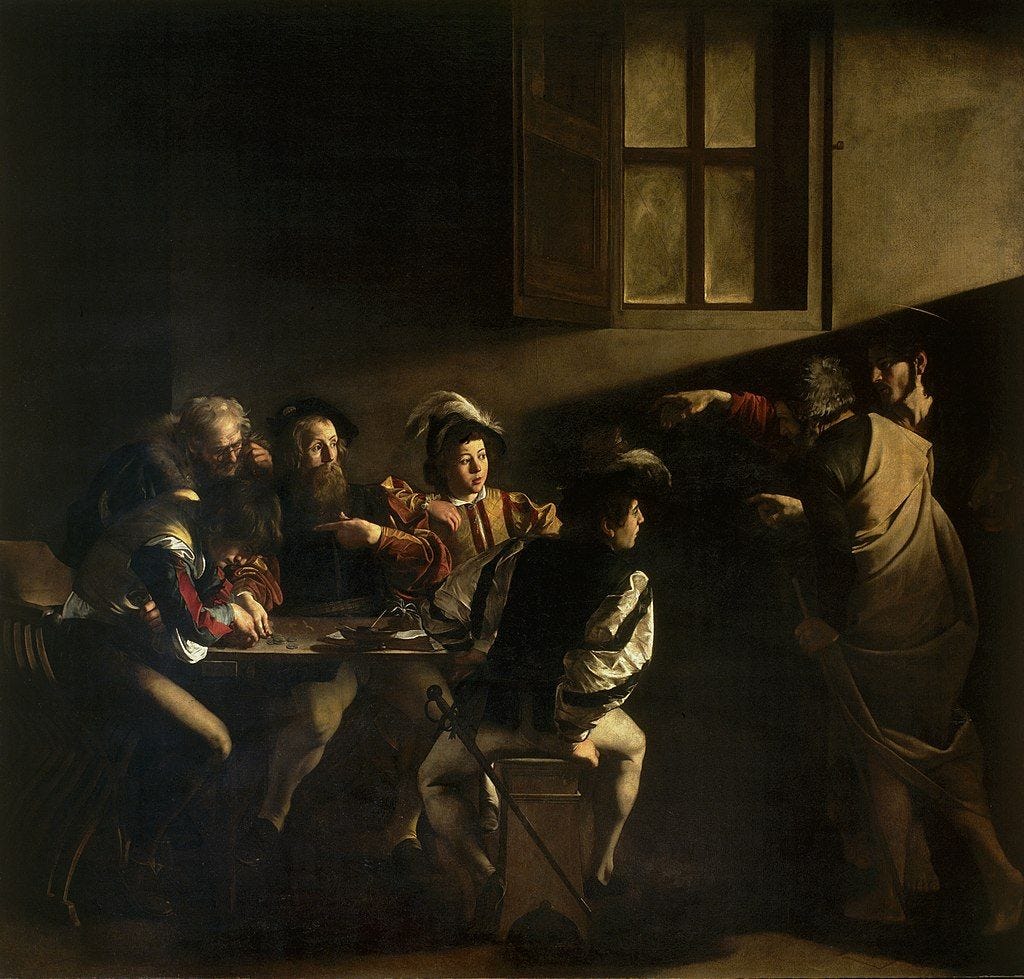
Thomas, famous for doubting Jesus’ resurrection until he saw the wounds, became a fervent believer. He traveled to India, establishing Christian communities that still exist today. He was martyred by spearing near Chennai for his faith and preaching.
James, the son of Alphaeus, was known for his humility and quiet faith. He led the Jerusalem church and played a key role in early Christian leadership. He was stoned to death by Jewish authorities for his unwavering belief in Christ.
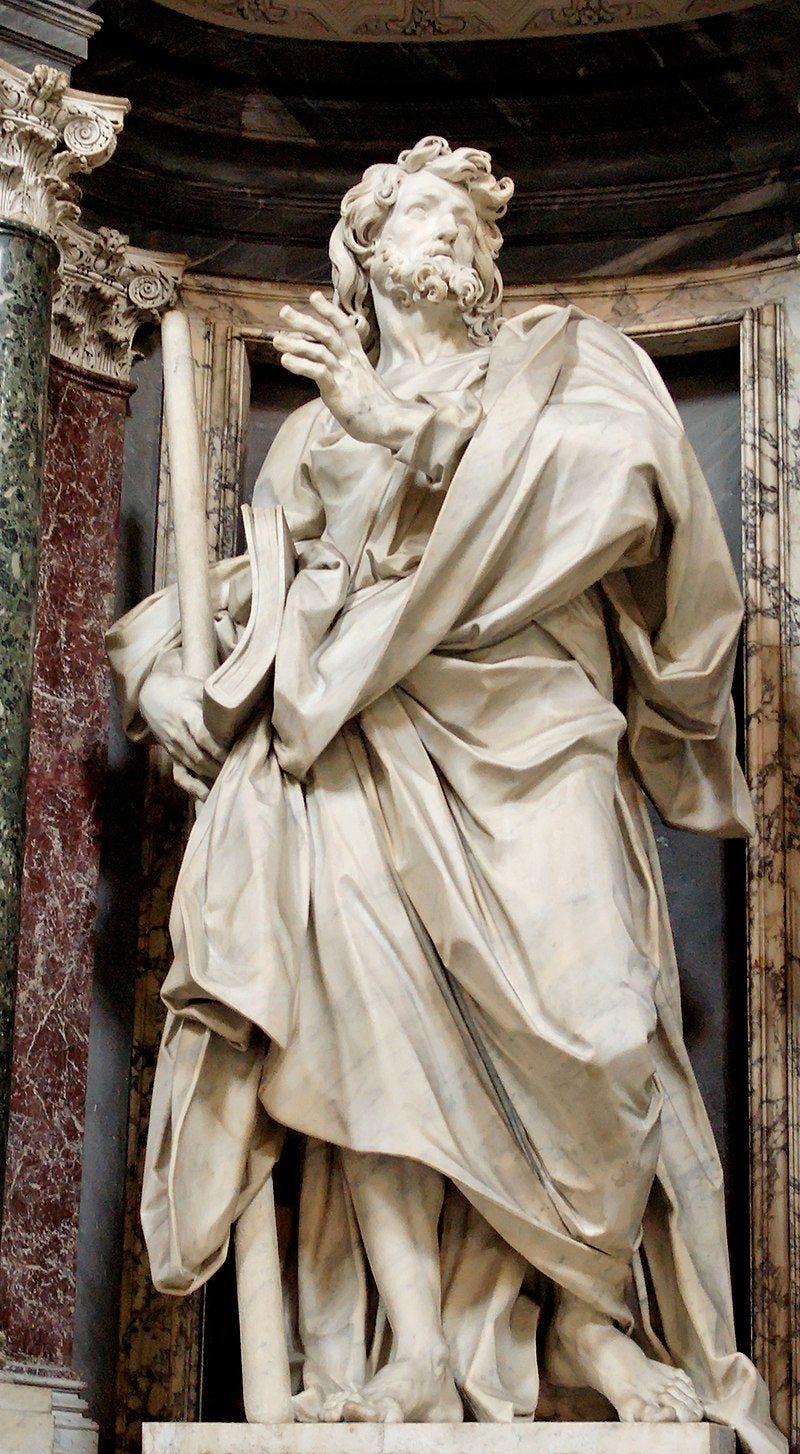
Thaddeus, also known as Jude, preached in Mesopotamia and Persia. He authored the Epistle of Jude, urging Christians to remain steadfast in faith. He was martyred alongside Simon the Zealot, likely in Persia, by being beaten with clubs or axed.
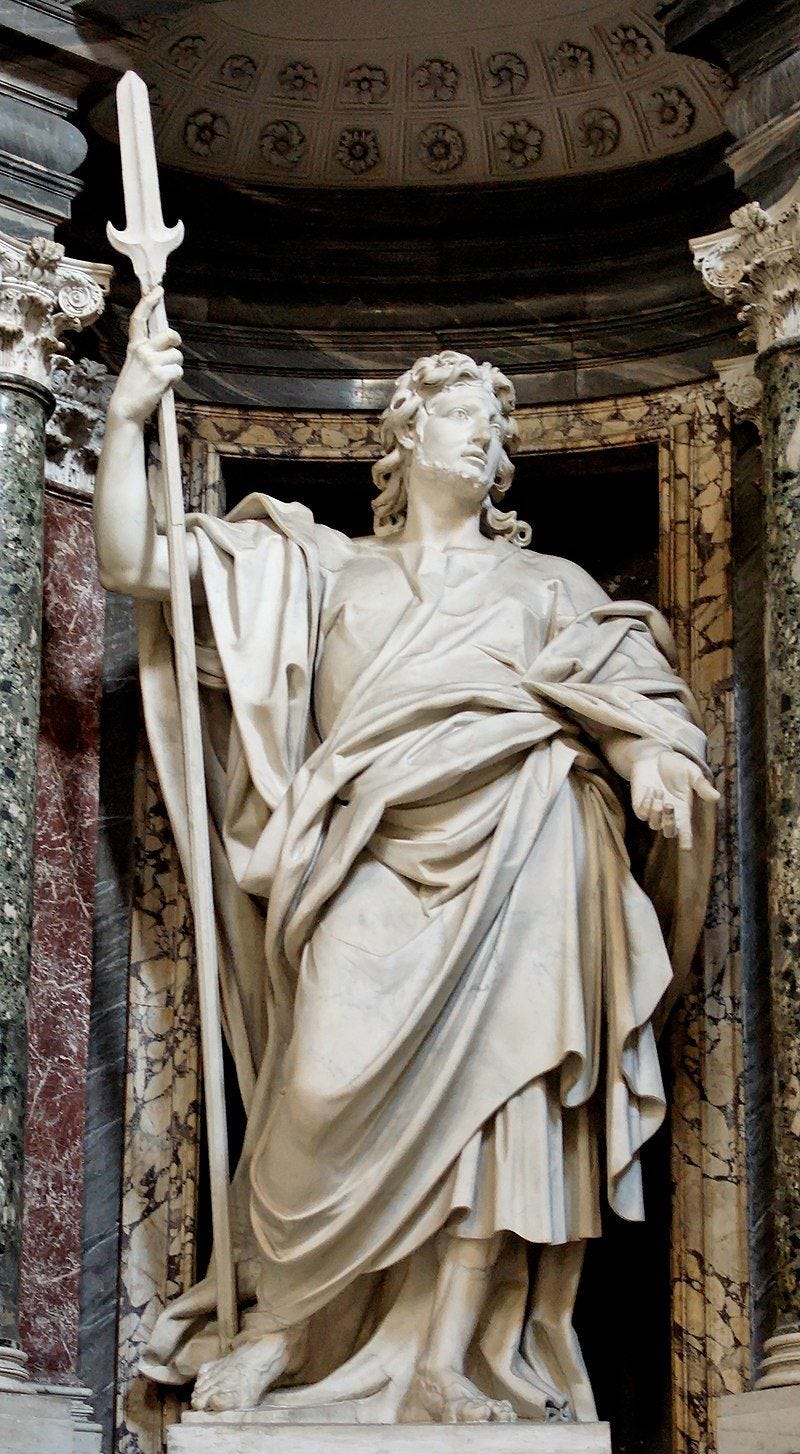
Simon, once a member of a revolutionary group, redirected his zeal to spreading Christianity. He preached in Persia and possibly as far as Britain. He was martyred in Persia, likely by being sawn in half, a gruesome testament to his unwavering faith.
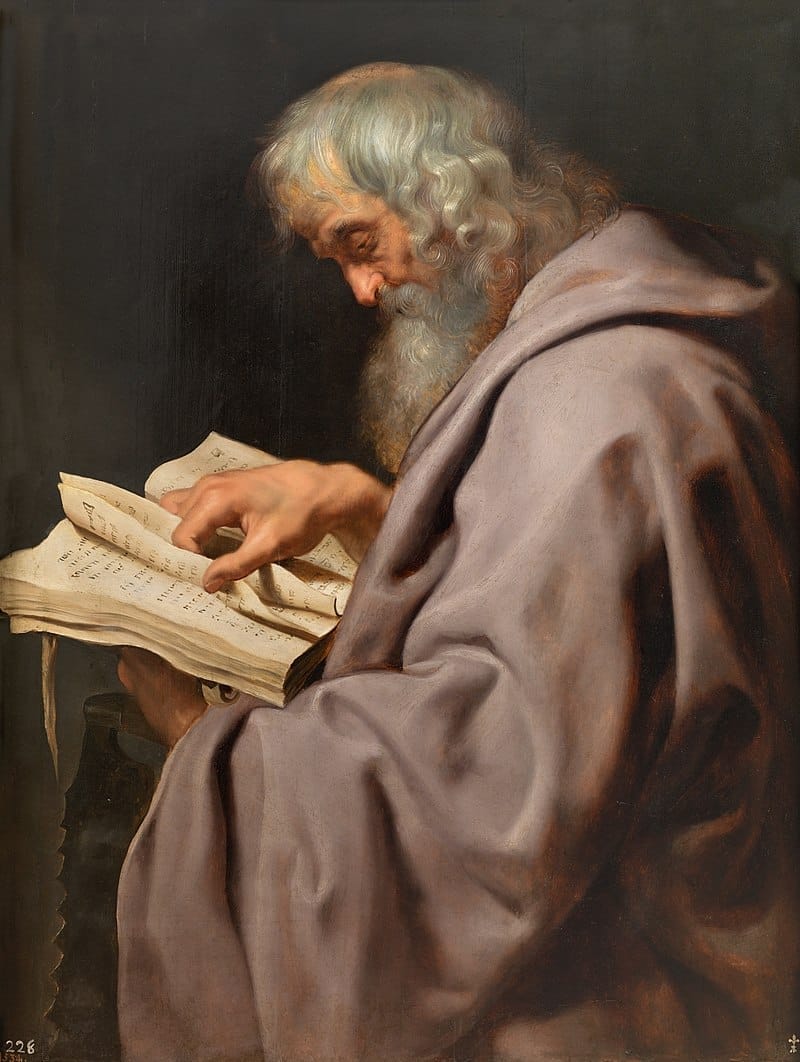
Judas Iscariot’s story is a tragic one. After betraying Jesus for thirty pieces of silver, guilt consumed him. He returned the silver and ended his life in despair. His role, though infamous, fulfilled prophecy and set the stage for the resurrection.
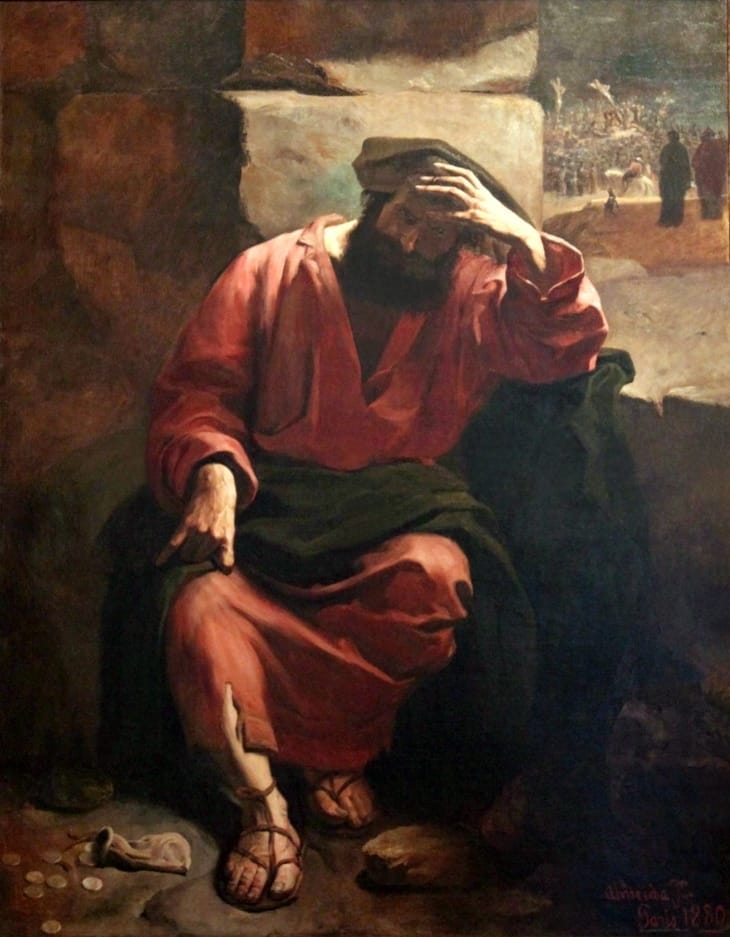
After Judas’ death, Matthias was chosen to replace him as the twelfth apostle. Though less is known about Matthias, he preached in Judea and possibly Ethiopia. Tradition suggests he was martyred by stoning, followed by beheading.
Though not one of the original twelve, Paul’s influence on Christianity cannot be overstated. Once a persecutor of Christians, his dramatic conversion on the road to Damascus transformed him into an ardent missionary. He wrote many New Testament letters and was beheaded in Rome under Nero.
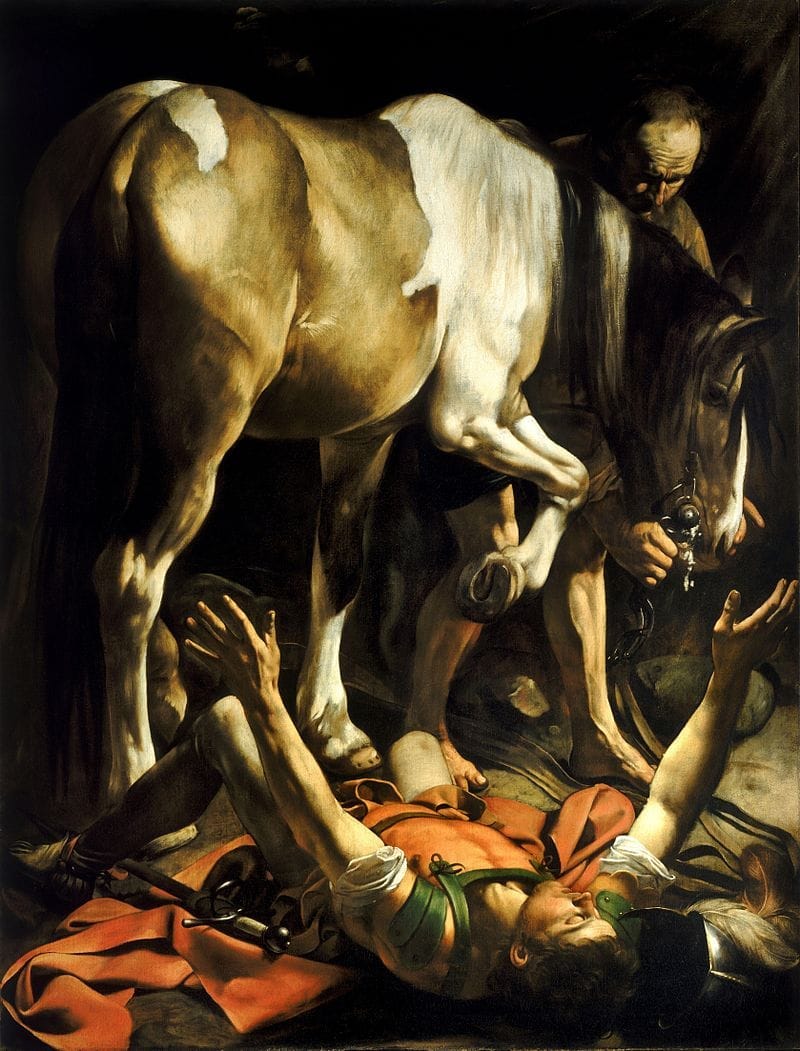
After the resurrection, the apostles formed a close-knit community in Jerusalem. They prayed together, shared resources, and grew the early church. The Holy Spirit’s arrival at Pentecost empowered them to preach fearlessly, despite threats of persecution.
The apostles faced immense opposition as they spread Christianity. Their willingness to endure imprisonment, torture, and death for their faith inspired countless others. Their sacrifices laid the foundation for the global Christian church.
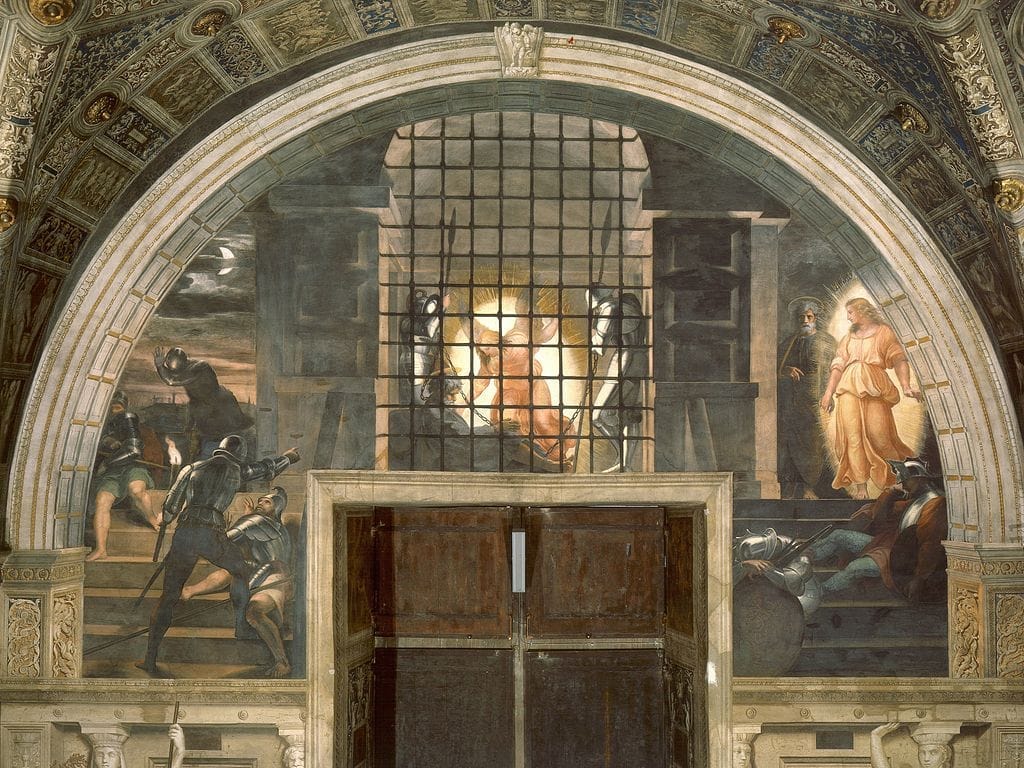
The apostles’ legacy endures in the Gospels, epistles, and traditions they left behind. Their teachings continue to shape Christian doctrine and practice. Churches, cities, and even nations trace their spiritual heritage to these men.
From fishermen to martyrs, the apostles’ journeys illustrate the transformative power of faith. Their unwavering commitment to Christ and His teachings reminds us of the impact a few dedicated individuals can have on the world. Their stories, though ancient, continue to inspire believers today.
Art - The Dance Class by Edgar Degas
Edgar Degas' The Dance Class (1875) offers a behind-the-scenes glimpse into the world of ballet, a subject he adored. The painting captures a quiet, intimate moment as dancers prepare for their routine under the watchful eye of their instructor, Jules Perrot. What makes it so captivating is its realism—Degas doesn’t romanticize the scene. You can almost feel the tension in the air, the aching muscles, and the discipline required. The composition feels spontaneous, like a snapshot, with the dancers scattered naturally, some stretching, others adjusting their costumes. The details, from the textured tutus to the muted pastel palette, pull you into this serene yet demanding world, making it feel timeless and alive.
Book Corner

Architecture of Cathédrale Saint-Pierre de Vannes
The Cathédrale Saint-Pierre de Vannes feels like stepping into a slice of medieval history. Nestled in the charming old town of Vannes, its Gothic spires rise above the city, a beacon of spiritual and architectural beauty. Inside, the atmosphere is serene, with light filtering through colorful stained-glass windows that tell biblical stories in vivid detail. What’s fascinating is how the cathedral blends centuries of styles—from Romanesque foundations to later Gothic and Renaissance touches—reflecting the layers of history it has witnessed. As you wander through its towering arches and intricately carved chapels, there’s a sense that every stone has a story to tell.
Travel - The King’s Palace in Fez
The King’s Palace in Fez, also known as Dar al-Makhzen, is a breathtaking symbol of Moroccan royalty. Its towering golden doors, adorned with intricate patterns, catch the sunlight and immediately command your attention. The craftsmanship is stunning—zellige tilework, cedarwood carvings, and bronze detailing showcase the finest Moroccan artistry. Although the palace isn’t open to the public, even standing outside its grand entrance feels special. Surrounded by lush gardens and expansive courtyards, it’s a serene yet powerful reminder of Fez’s status as a cultural and spiritual heart of Morocco.





